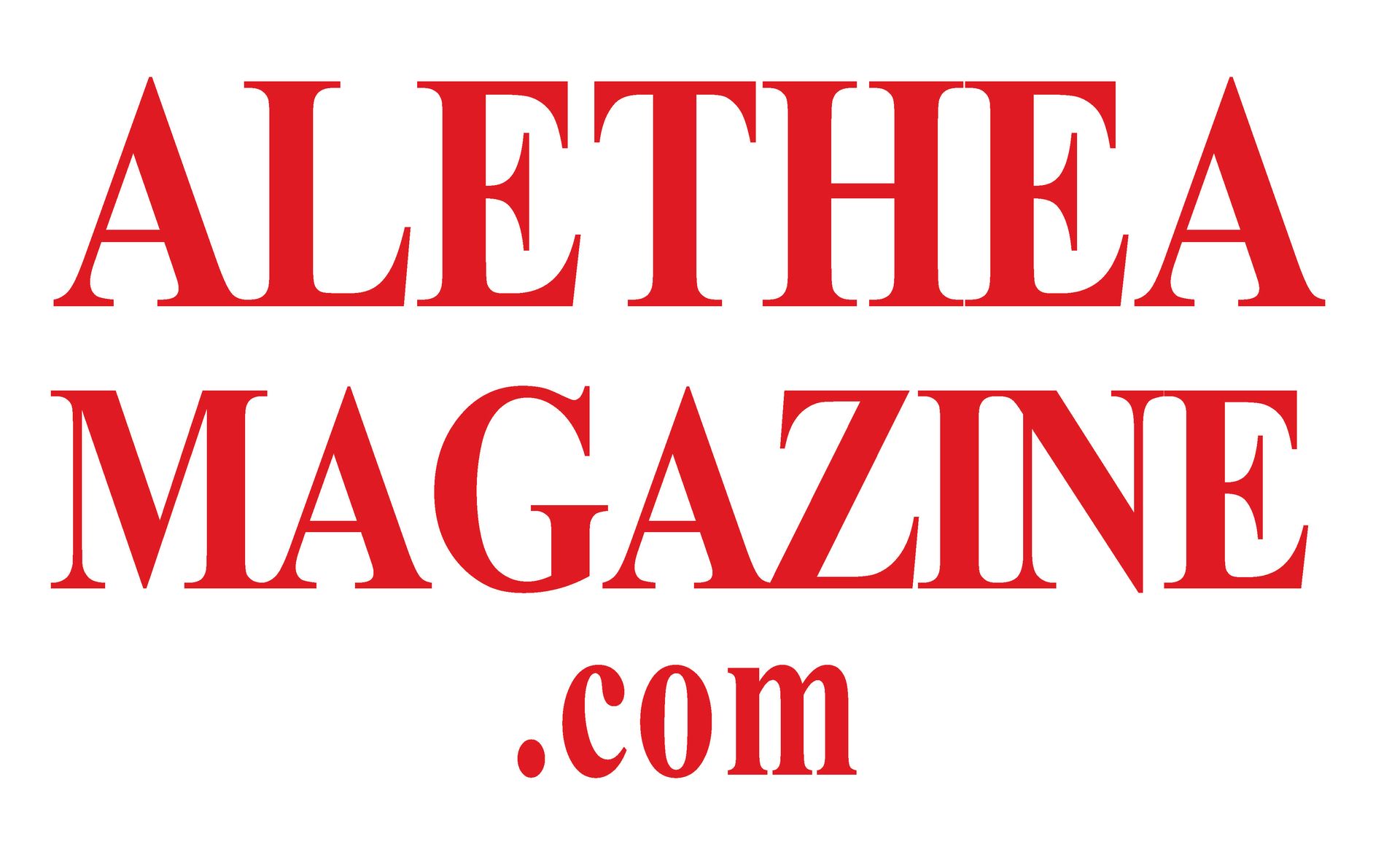LIMNAL LACRIMOSA
by
MARY MATTINGLY
18. October 2021

©Mary Mattingly Swale Kalispell Water Exhibition
Limnal Lacrimosa is an art installation at 5 6th Avenue West. Limnal Lacrimosa celebrates the richness of the valley, from its glaciers and lakes to its cultural history of art and ceramics. Located in the original Kalispell Malting and Brewing Company building, the exhibition also pays tribute to the heritage of Kalispell's breweries.
To construct the exhibition, American artist Mary Mattingly collected snowmelt and rainwater, some of which dripped through holes in the building's roof. By directing the water through pipes just below the ceiling, she is able to evoke the feeling of rain in the building and meditate on water courses. The drops are caught in teardrop vessels as the sound of the drops hitting the vessels echoes through the room. Eventually the vessels fill, the water pours onto the floor and the cycle repeats.
The artwork was inspired by Kōbō Abe's novel "The Woman in the Dunes", a story about two people who have to remove sand from a building forever. The speed of geological change in Glacier National Park is also a reason for the work. Over the course of nine months, the exhibition space at 5 6th Avenue West will change several times.
Amour Fou & Art had the opportunity of an exclusive interview with the artist:
INTERVIEW
Amour Fou and Art Magazine:
Where are you right now and are you working on a new project?
Mary Mattingly:
I'm currently in Montana working on a project called Limnal Lacrimosa. (www.limnal-lacrimosa.com)
Amour Fou and Art Magazine:
Through which event were you inspired to deal with the environmental issue?
Mary Mattingly:
Around the year 2000 when Bechtel and the World Bank had privatized water in Bolivia and many people couldn't afford the cost, I became more aware of how people around the world were stewarding commons.
Amour Fou and Art Magazine:
What is the message of your art and what do you wish for the future?
Mary Mattingly:
People are place-based, and have an interest in stewarding their surroundings, and by proximity the greater surroundings which connects everyone. I hope officials grant more agency to individuals and communities to help care for our common spaces.
Amour Fou and Art Magazine:
What materials do you prefer to work with?
Mary Mattingly:
I prefer working with reused materials to build something that transforms their original use and meaning.
Amour Fou and Art Magazine:
Have you achieved a concrete measure with your art and activism?
Mary Mattingly:
Well with Swale, a food forest on a floating barge, we helped convince NYC to allow edible forestry on public lands. It has been illegal to forage foods from public lands for about 100 years here.
Amour Fou and Art Magazine:
What advice would you give to artists who want to use their art to protect the environment?
Mary Mattingly:
Art can change perceptions. Through art we can share what we believe and speak our truth through sharing how to see differently.
Amour Fou and Art Magazine:
Thank you very much.
SWALE
Mary Mattingly

Mary Mattingly - Swale
Photo: Coludfactor
ABOUT THE ARTIST
Mary Mattingly's work explores issues of sustainability, climate change and displacement. She founded Swale, an edible landscape on a barge in New York City. Docked at public docks, Swale circumvents New York's public land laws and allows anyone to pick fresh food for free. Swale initiated and helped create the "foodway" at Concrete Plant Park in the Bronx in 2017. The "foodway" is the first time in over 100 years that New York City Parks has allowed people to eat in public. It is currently a pilot project.
For the International Havana Biennial with the Museo Nacional de Bellas Artes de la Habana and the Bronx Museum of the Arts, Mattingly completed the two-part sculpture "Pull", two spherical ecosystems that were pulled across Habana to Parque Central and the museum.
In 2014, an artist residency on water called WetLand was launched in Philadelphia and travelled to the Parrish Museum. It was used by the University of Pennsylvania's Environmental Humanities Program until 2017.
In 2018, she was commissioned by BRIC Arts Media to build What Happens After, which involved dismantling a military vehicle (LMTV) that had been in Afghanistan and deconstructing its mineral supply chain. A group of artists including performance artists, veterans and activists redesigned the vehicle for BRIC.
Mary Mattingly's work has also been exhibited at Storm King, the International Center of Photography, the Seoul Art Center, the Brooklyn Museum, the New York Public Library, the deCordova Museum and Sculpture Park, and the Palais de Tokyo. With the US State Department and the Bronx Museum of the Arts, she participated in the smARTpower project and travelled to Manila. Mattingly has received grants and fellowships from the James L. Knight Foundation, Eyebeam Center for Art and Technology, Yale University School of Art, Harpo Foundation, NYFA, Jerome Foundation and Art Matters Foundation. Her work has been published in Aperture Magazine, Art in America, Artforum, Art News, Sculpture Magazine, the New York Times, New York Magazine, the Financial Times, Le Monde Magazine, Metropolis Magazine, the New Yorker, the Wall Street Journal, the Brooklyn Rail and on BBC News, MSNBC, NPR, WNBC and on Art21. Her work has been included in books such as the Whitechapel/MIT Press Documents of Contemporary Art series edited by Jeffrey Kastner, entitled Nature, Triple Canopy's Speculations, the Future Is..., published by Artbook, and Henry Sayre's A World of Art, 8. Mattingly's artwork is represented by Robert Mann Gallery.
By G.
18. October 2021


